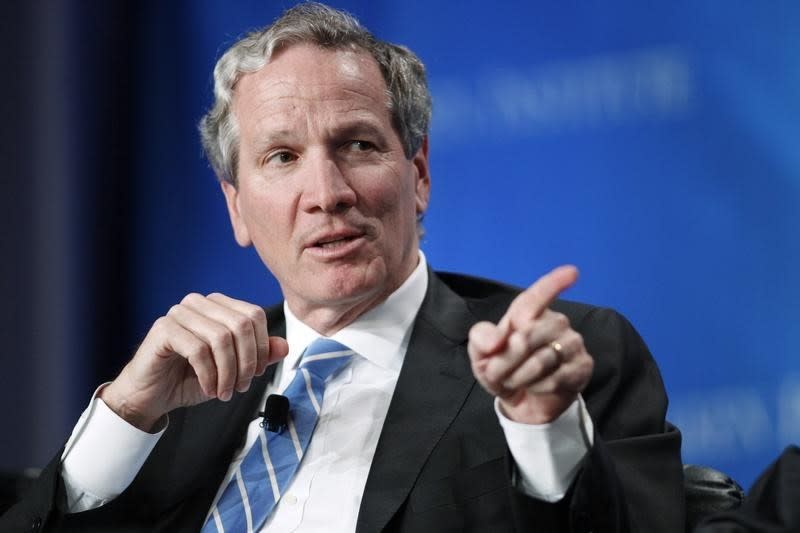Former Bear Stearns CEO explains how JPMorgan came up with their $2 a share offer in 2008
Alan Schwartz, who was the chief executive of Bear Stearns when the investment bank collapsed, the first casualty of what would become the global financial crisis, said it was the government that set the price tag for Bear’s March 2008 fire sale to JPMorgan Chase at $2 a share.
Shareholders were livid after Schwartz announced a deal with JPMorgan Chase (JPM) CEO Jamie Dimon that valued the company’s stock, which had traded at $172 a share as late as January 2007 and $93 a share as recently as February 2008, at just two bucks. The stock was trading at $30 per share as recently as days before the announcement.
“The $2, quite frankly, the government decided,” Schwartz said during an interview at the Yahoo Finance All Markets Summit. “We had been talking about a higher price between the two of us. Candidly … I believe, I can’t say this for sure, but I think it’s come out that the Treasury told JPMorgan, they could not pay more than $2.”

Schwartz, now the executive chairman at Guggenheim Partners, talked about what many investors have termed a “shotgun wedding” between Bear and JPMorgan.
The U.S. Federal Reserve agreed to provide financing for the transaction, including support for $29 billion of Bear Stearns’ losses on “less-liquid assets.” JPMorgan assumed losses on the first billion dollars.
That deal meant JPMorgan would give investors 0.05473 shares of its common stock for every one share of Bear stock they owned. Fury ensued and jilted shareholders quickly lined up to file lawsuits. On March 24, 2008, a class action was filed on behalf of shareholders, challenging the terms of the agreement. That same day, a new agreement was reached that increased the price to $10 a share, valuing what had been one of Wall Street’s most valuable firms at just $1.2 billion.
“The next week is a very complicated set of facts,” Schwartz said. He continued, noting voting laws about the company, eventually noting that the two sides were unable to sell the deal at the current price to voters.
“The market wasn’t settling down, so really to get this agreement to work, [JPMorgan] needed to change the agreement that we signed … we worked it out in a way that I think worked out for everybody.”
Schwartz had taken over the CEO position from James Cayne just two months before, but had been with the company for some time. The $2 sale price prompted one of the most iconic images of the crisis – a $2 bill above the company’s logo in the window.
According to reports, when Schwartz informed those still with the firm of the deal he stood in the bank’s 20th-floor boardroom, surrounded by more than 100 Bear employees, and told the group: “We have a deal, but you’re not going to like it.”

—
See also:
Wall Street managers have cost Americans more than $600 billion over the past decade
It’s the end of the world as we know it, and investors feel bullish
The dollar’s status as the world’s funding currency is in question
Why Trump’s trade war hasn’t tanked the market or the economy yet
Dion Rabouin is a global markets reporter for Yahoo Finance. Follow him on Twitter: @DionRabouin.
Follow Yahoo Finance on Facebook, Twitter, Instagram, and LinkedIn.

 Yahoo Finance
Yahoo Finance 
